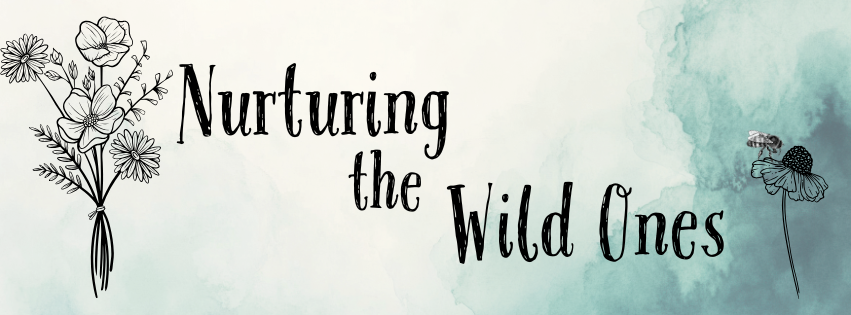For years, the idea of beekeeping hovered at the edges of my mind like a bee at a screen door. I was intrigued but overwhelmed. There were so many terms—nucs, supers, brood boxes, queen excluders—and just as many questions. What if we got it wrong? What if we killed the bees? What if we got stung… a lot?
But like most worthwhile adventures, at some point, you just have to leap. We read what we could, asked questions, watched videos, and finally, with shaky hands and hopeful hearts, we ordered our very first nuc—a small starter colony filled with thousands of buzzing bees and one queen who would rule them all.
With guidance from our local bee association and a fair amount of nervous energy, we suited up and stepped into a whole new world.




Lessons in Life and Beekeeping
Beekeeping is humbling. You can’t control the bees. You can guide, inspect, and support them, but ultimately, they have their own agenda. That’s been a powerful lesson for both me and my daughters—especially in a world that loves control and predictability.
We’ve learned to listen with our eyes and ears. The hum of a hive tells a story. A quiet buzz means calm; a high-pitched whine means someone’s not happy. Inspections can be meditative. But they can also be heart-pounding—especially when you hear that collective shift in tone that says, you’ve overstayed your welcome.
Yes, we’ve made mistakes. I’ve dropped a frame or two. My girls have gotten a sting here and there. But we’ve also harvested jars of golden honey, watched queens lay eggs in perfect little spirals, and stood in awe as fuzzy newborn bees crawled into the sunlight for the first time.
Eight Hives and Counting
Today, we have eight hives. That might sound like a lot, but unless you’re standing right next to them, you’d hardly know they’re there. Honeybees are surprisingly discreet tenants. They come and go with purpose, foraging within a radius of three to five miles from home. You’ll see a few in the yard, maybe on a flowering shrub or near the birdbath, but mostly, they’re off doing their important work somewhere beyond the fence line.
They’re the most low-maintenance pets you could ask for. We do hive inspections once or twice a month—less in winter, more in spring. Otherwise, we leave them be (pun fully intended). They know what they’re doing far better than we do.
And the payoff? Oh, it’s sweet—literally.
The Sweet Rewards
Each year, we harvest pounds of rich, local honey. It tastes different depending on what’s blooming: floral and light in spring, darker and bolder in late summer. It’s liquid sunshine in a jar.
But the benefits don’t stop there. Our garden is thriving. Flowers bloom more vibrantly, vegetables are more abundant, and even the fruit trees seem happier. Pollination has gone from something we hoped for to something we can count on.
Even better, my daughters have grown up learning how to care for something bigger than themselves. They’ve learned science, patience, respect for nature, and what it means to stay calm under pressure—all from a few thousand insects with tiny wings and golden fuzz.
Thinking About Beekeeping? Start Here.
If beekeeping is calling to you, don’t ignore it. Start small. Find your local bee association—they’re often filled with passionate folks eager to share what they know. Many groups host workshops, hive work days, or even mentor programs for beginners. It’s the best way to get your hands in a hive before you make the leap.
The world of beekeeping is vast, beautiful, and a little wild. It’s full of wonder and mystery, triumphs and stings. But it’s also deeply rewarding. And once you hear the hum of your own hive for the first time, you just might find yourself hooked.
So go ahead. Suit up. The bees are waiting.
Discover more from Nurturing the Wild Ones
Subscribe to get the latest posts sent to your email.

